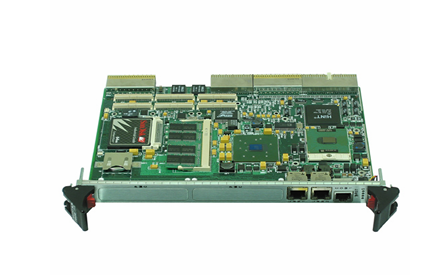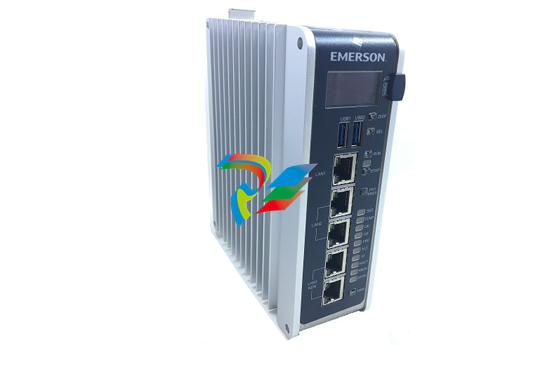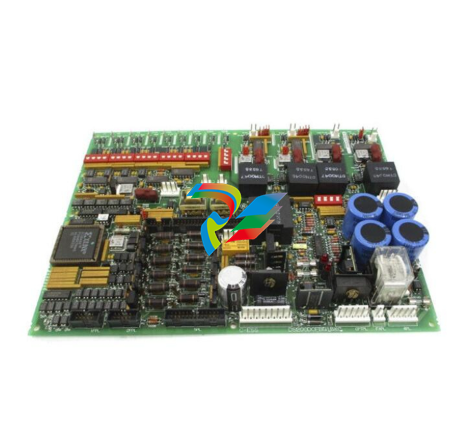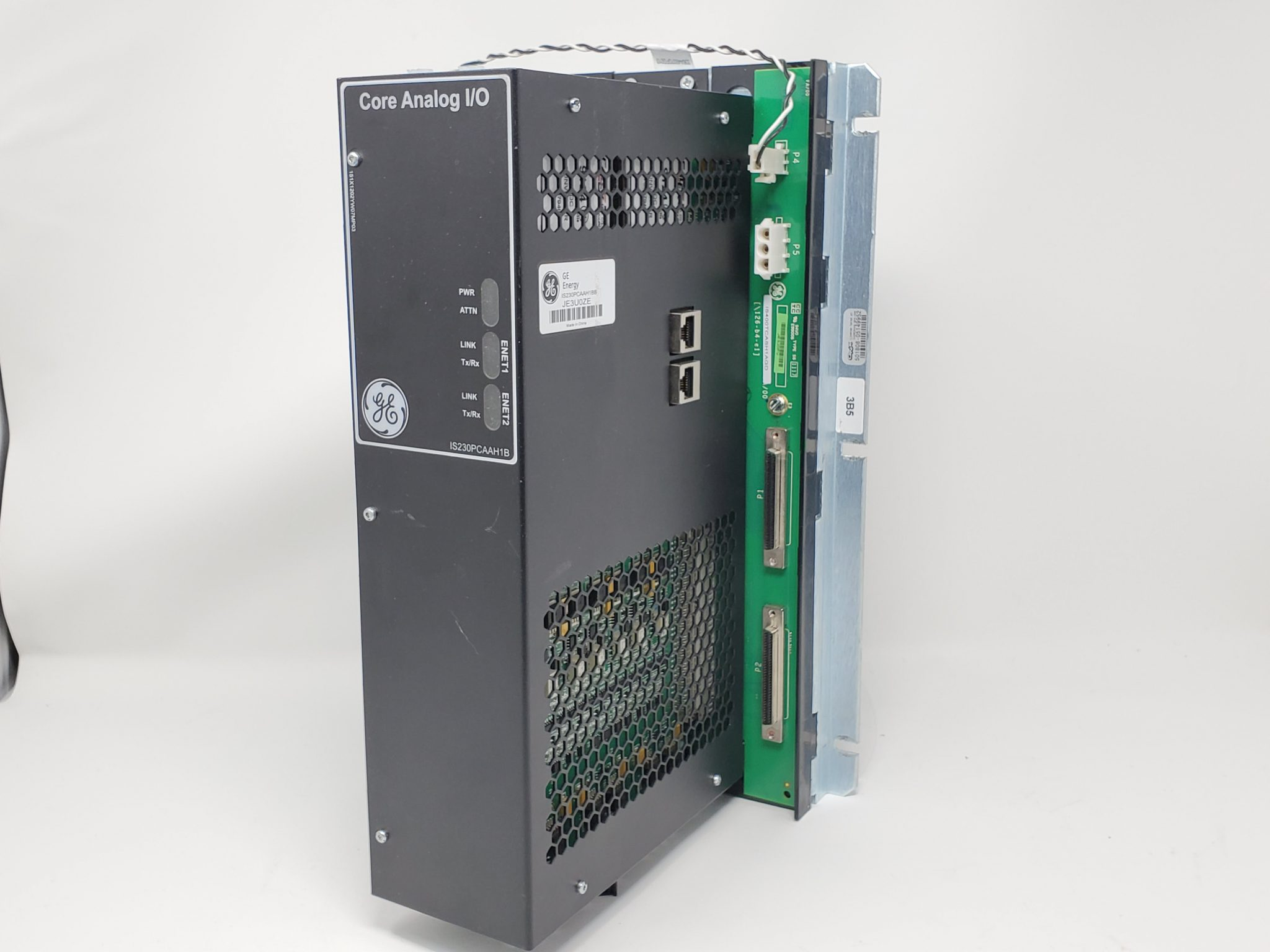
The Versatility of Signal Interface Instruments
On the data acquisition side, a remote terminal unit (RTU) or supervisory control and data acquisition (SCADA) system that supports MODBUS RTU can be found. A HART-to-MODBUS converter (Figure 4) represents a new trend in digital signal conversion. Not only does the converter gather all of the HART data from the HART transmitters and convert it to MODBUS, but it also powers the HART bus using its 9-24 Vdc power input. This allows any MODBUS RTU-enabled RTU or SCADA system to monitor any HART variable from any of the up to 16 HART field devices on a multidrop HART network.
Powering an isolator/converter
A signal isolator/converter can be four-wire (line/mains powered) or two-wire (loop-powered). Selecting the correct type of isolator and power configuration depends on the application.
Four-wire signal isolators. A four-wire isolator/converter is used when the instrument output must be voltage (i.e., 0-10 V), zero-based (i.e., 0-20 mA), or bipolar (i.e., -10 V to +10 V). A four-wire isolator usually sources its current output and typically has a drive capacity of around 1,000 to 1,200 ohms. Some isolators will drive up to 1,800 ohms.
Two-wire signal isolators. A two-wire isolator/converter typically costs less to install than a four-wire unit because power wires don’t have to be run to the unit. Loop-powered instruments can be powered from the loop either on their output side or their input side.
Isolators/converters that are output loop-powered are powered just like any other two-wire DP, pressure, or temperature transmitter. The output always has to be some form of 4-20 mA, but signal conversion (such as 1-5 V to 4-20 mA) and split ranging, like a 4-12 mA range, can still be performed. When powered with 24 V, these isolators typically drive into 600 ohms.
A two-wire, input loop-powered isolator is a great solution when applied correctly. The beauty of this isolator is its overall simplicity, with integration into the loop nearly seamless. For example, refer to Figure 5 and imagine that the isolator was not originally implemented. Soon after startup, it is discovered that isolation is required for the process. The good news is that to install this type of isolator, just break the loop where convenient and insert the isolator. A simple solution, wiring changes and installation costs are minimal.

However, it’s also simple to misapply an input loop-powered isolator. Certain “rules” must be followed. An input loop-powered isolator is powered from the four-wire transmitter in the field. The transmitter’s 4-20 mA output and its compliance voltage must power the isolator electronics and the isolator’s output. Because loop power is limited, the isolator’s output load is held to 250 ohms. The receiver’s input impedance can be anywhere from 0 to 250 ohms, and it should be a fixed load. In addition, there can be no voltage on the output of the isolator.
To run the isolator electronics, the isolator consumes 5.5 V from the loop or, to put it another way, the isolator itself looks like a 275 ohm load on the transmitter. To calculate the total burden on the transmitter, add the isolator load to the 275 ohm load. The total load could then be as high as 525 ohms plus wire resistance. That is not usually a challenge for a four-wire transmitter, but it can be for a loop-powered transmitter limited to 600 ohms.




.jpg)



































































.jpg)
.jpg)





.jpg)



.png)
.jpg)

.jpg)
_lVjBYb.jpg)

.jpg)
.jpg)



.jpg)
.jpg)







.jpg)

.jpg)
.jpg)








